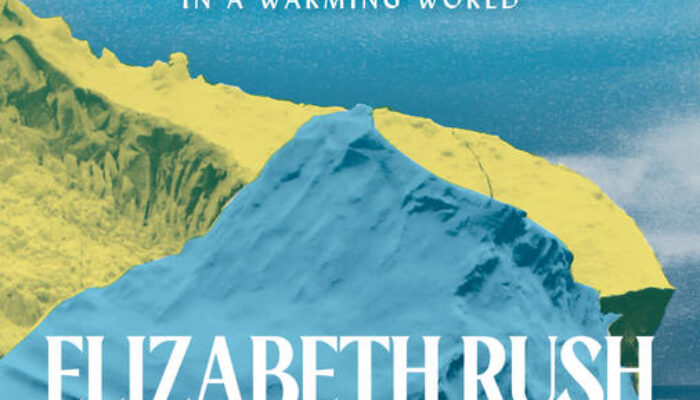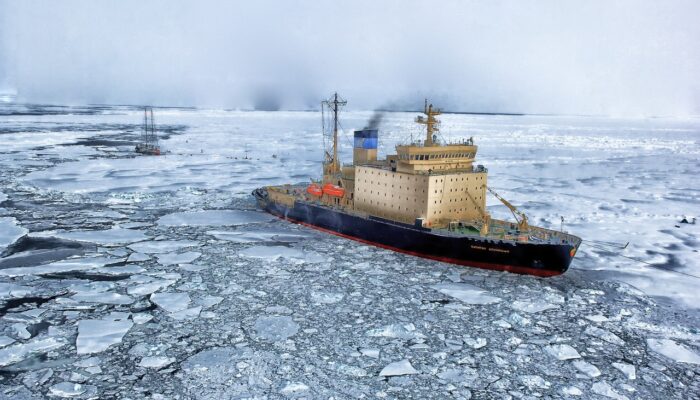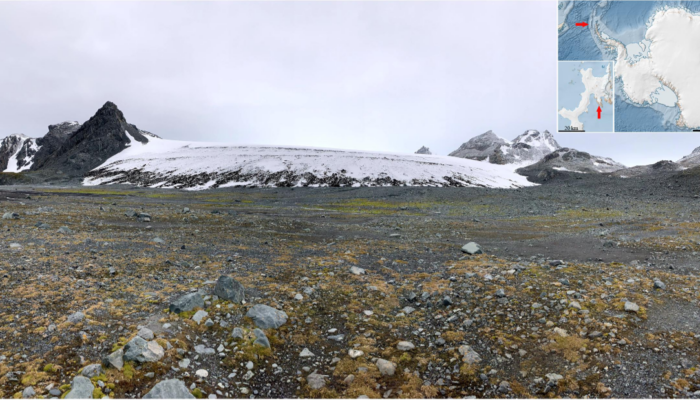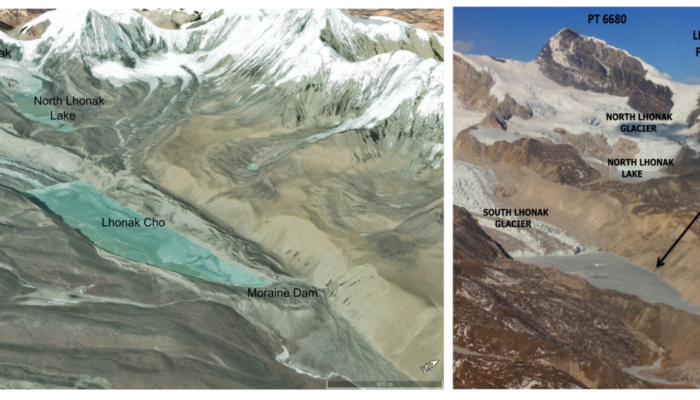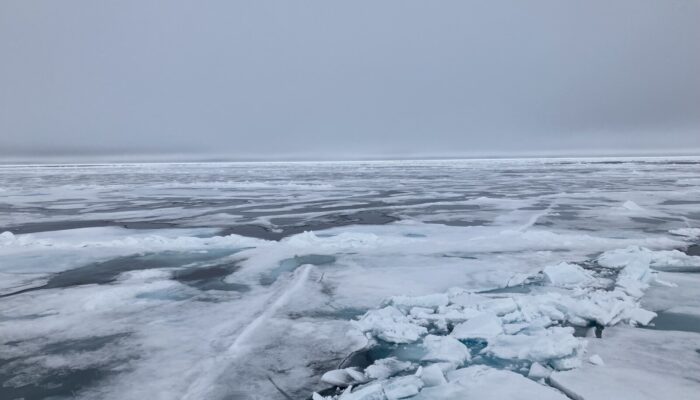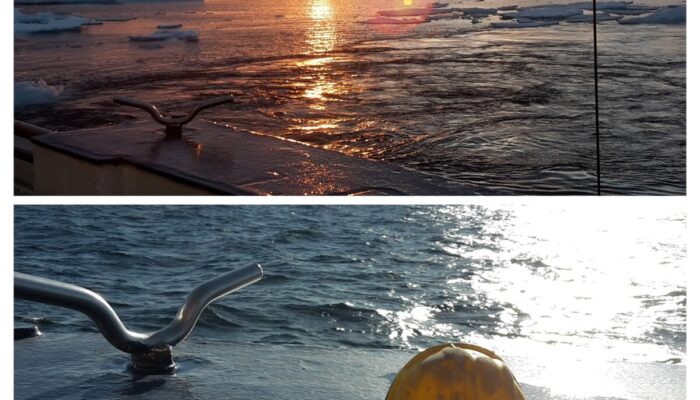Women make up 50.8% of the world’s population, yet fewer than 30% of the world’s researchers are women. Of this percentage, women of colour comprise around 5%, with less than 1% represented in geoscience faculty positions. Women are published less, paid less, and do not progress as far in their careers as men. Even within our EGU community, women account for only one third of all members, and make ...[Read More]
If you didn't find what you was looking for try searching again.
Cryospheric Sciences
Cryobook review: The Quickening
Even before its publication, my partner stumbled over the book The Quickening by Elizabeth Rush on Twitter and send it to me. In this book, Rush describes her journey to Thwaites Glacier and – as I was very curious about it – I bought it immediately after its release. It is not only documentary work about the journey, but also a meditation on responsibility, motherhood and life in a world of chang ...[Read More]
Cryospheric Sciences
Did you know that a lack of Arctic shipping regulation has detrimental environmental effects?
Increased maritime transport in the Arctic, facilitated by the reduction in sea ice cover, is causing tremendous harm to an already vulnerable part of the world. Insufficient regulation of Arctic shipping has detrimental environmental effects on a global scale. These effects include, e.g. underwater noise pollution, oil spill risk and threats to the global climate. But did you know what role regul ...[Read More]
Cryospheric Sciences
Antarctica Uncovered: Exploring the Exposed Surfaces Around the Melting Continent
In 2020, ocean scientists discovered a new island off the Pine Island Glacier ice shelf, naming it after the Norse goddess, Sif. The island is one of many new regions being exposed in the wake of increased ice shelf melting and glacial retreat. While these newly-revealed lands have been discussed in the Arctic and alpine ecosystems, the uncovered island and coastlines of Antarctica have been less ...[Read More]
Cryospheric Sciences
A ‘Ticking Bomb’: Understanding the 2023 Glacial Lake Outburst Flood (GLOF) in Sikkim Himalaya
In this week’s blog post, Dr. Remya S N and Dr. Vishnu Nandan talk about how optical and radar satellite images were used to characterize the very recent catastrophic Glacial Lake Outburst Flood (GLOF) from the South Lhonak Lake in the Indian Himalaya before and after the flooding and highlight the importance of timely observations and monitoring for people’s livelihoods. The South Lhonak L ...[Read More]
Cryospheric Sciences
Did you know there’s a (relatively new) treaty for the Central Arctic Ocean?
Even as regular readers of the Cryosphere Blog , you might still be unfamiliar with the large amount of regulation that surrounds the cryosphere – and the research that’s being done on it. As effective regulation of our environment is needed, we need more scientists to understand the law and more lawyers to understand the science. So, brace yourselves and hold on tight, while we run through one of ...[Read More]
Cryospheric Sciences
Some icy summer reads – the blog goes on holiday
The cryosphere blog is taking a summer break but not without first providing you with your beach/airplane/train/fieldwork/balcony summer reading list to make you miss us a tiny bit less. Continue reading this post to explore some summer inspiration. Like a lot of northern countries who take long summer breaks to enjoy the long hours of light (midnight sun) after a dark winter, the Cryoblog is also ...[Read More]
Cryospheric Sciences
Did you know there is light pollution even in the Arctic?
Light emissions are increasing worldwide and much of the world is light polluted due to excessive and inefficient light use. This has negative consequences for many organisms, such as birds, insects, fish, plants and humans. Even in the high Arctic, which is remote and sparsely populated, and experiences the polar night for a large part of the year, there are artificial light sources which disturb ...[Read More]
Cryospheric Sciences
CryoNews – The WMO is making the cryosphere a global priority
To us, the cryosphere has always been a priority. It is our field of interest, research, maybe passion, it is the stuff that gets us excited. Now, the cryosphere also became a priority to the World Meteorological Organisation (WMO). In today’s post we cover a recent news item introducing this very decision made during WMO’s recent congress. Read along to find out why they emphasize the importance ...[Read More]
Cryospheric Sciences
Fostering connections with frozen landscapes
Whether they are natural occurrences or experimentally induced, permafrost and Arctic ecosystems are responding fundamentally to recent climate extremes. Good writing and statistics material for us scientists, but bad news on pretty much every other level. Are we effectively communicating how fundamental these changes are? And can we use our personal experiences, stories and artwork to support us ...[Read More]


